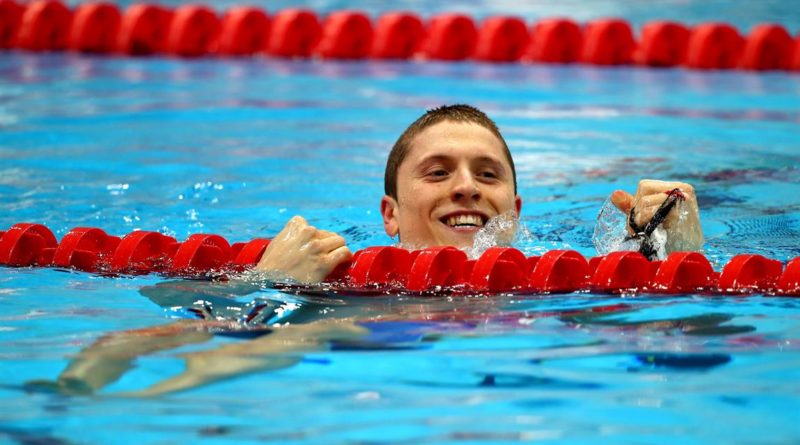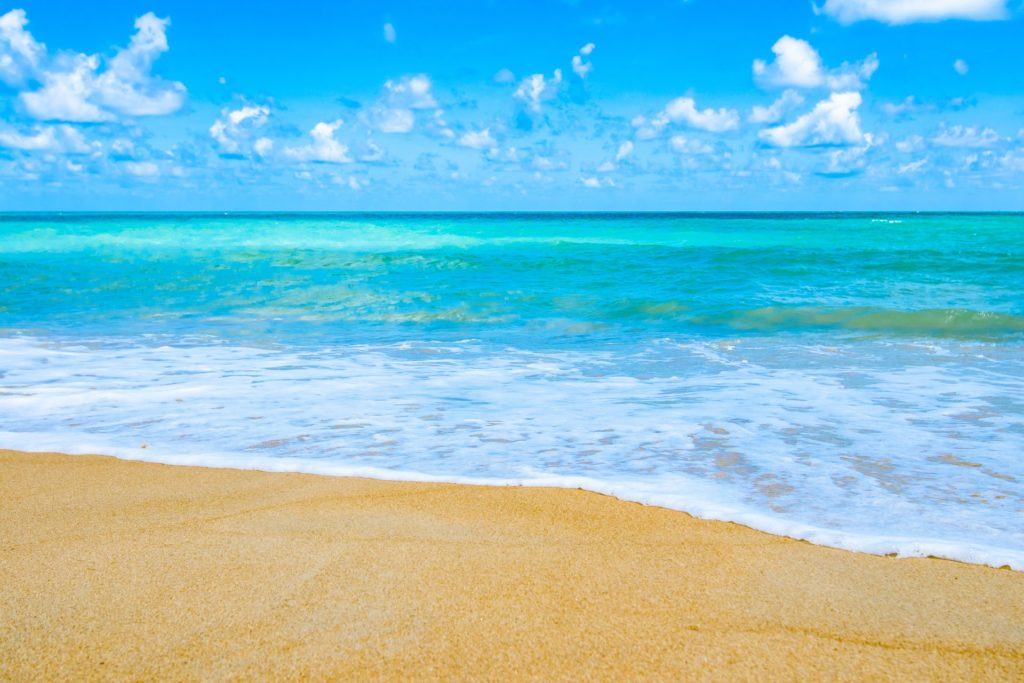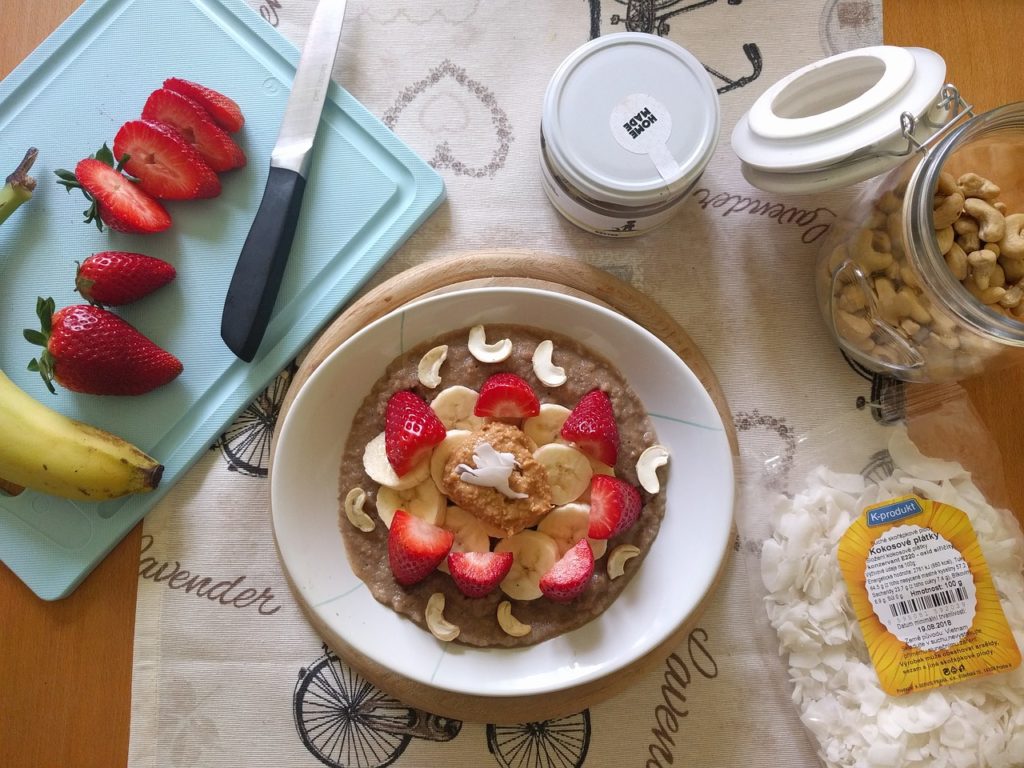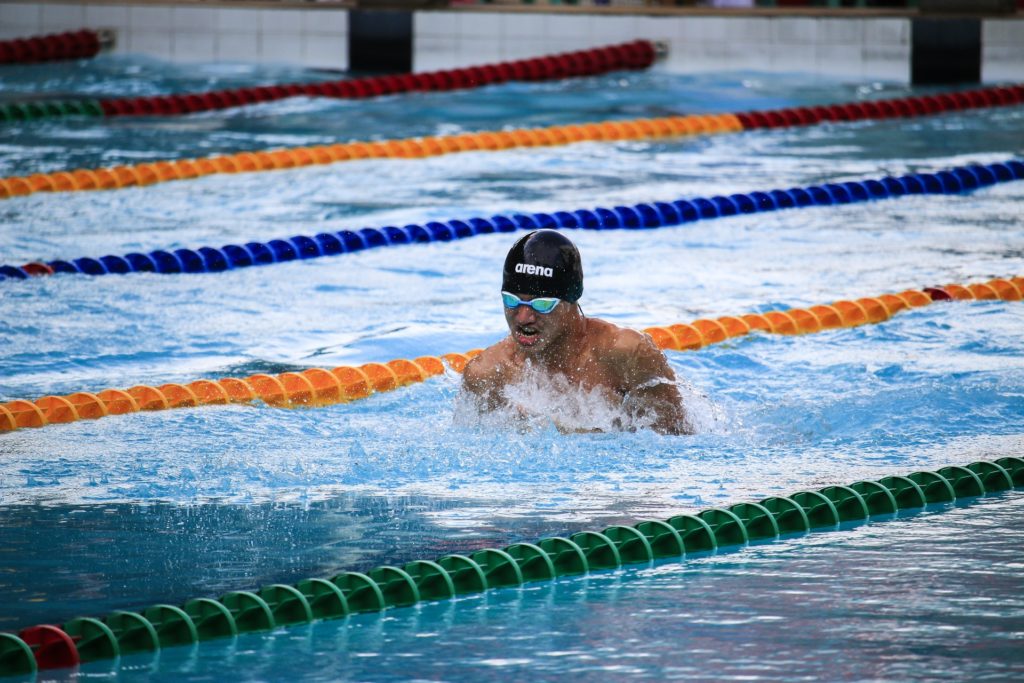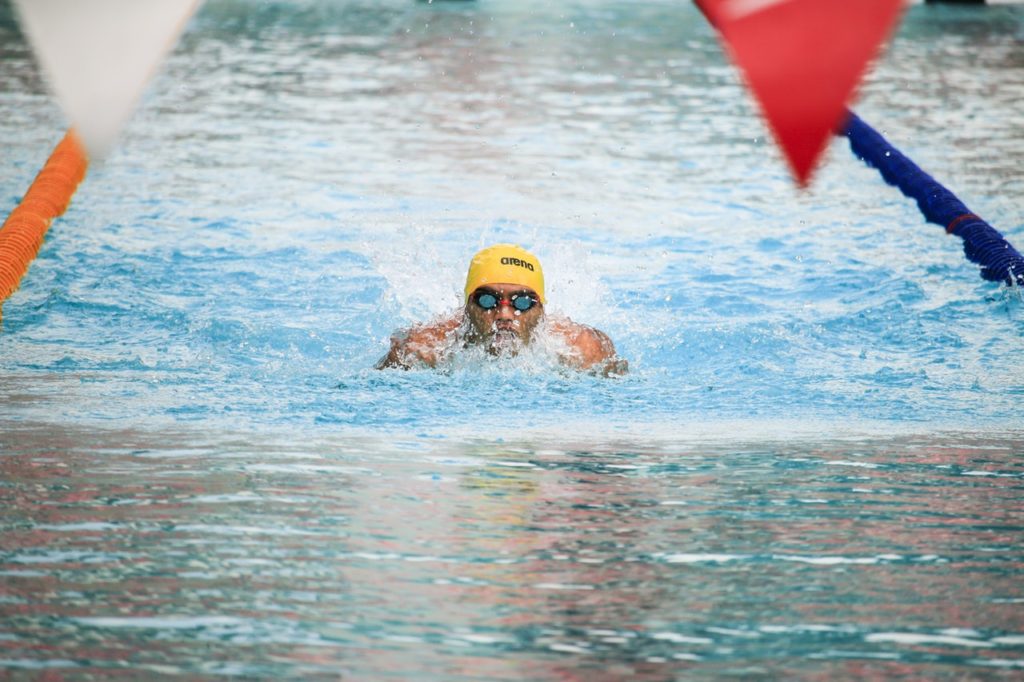Former European Championship silver medallist in the pool, Roberto Pavoni successfully made the move to open water swimming where he won the 1.5km and 3km events at the 2016 National Masters Open Water Championships.
Now in the early stages of his coaching career at Loughborough Town Swimming Club, we asked the 25-year-old Olympian for his top open water swimming tips…
Q. Why should people try open water swimming?
A. There’s nothing more natural than swimming out in the elements rather than following the black line at the bottom of a pool. Swimming in the Serpentine will prove a great experience, offering you the chance to enjoy the opportunity to swim in a beautiful environment.
Q. What advice would you give to open water novices?
A. At the start, be wary as you may find 30 to 50 people all fighting for position, trying to reach the next buoy by the shortest possible route. It can become quite rough if you’re not expecting it. However, once you’ve overcome this stage, you’ll really feel like you’ve accomplished something.
Q. How can swimming in open water benefit your pool swimming?
A. Open water offers a great alternative if you get bored swimming lengths in a pool. You lose track of how far you’ve gone and distances add up more easily, which becomes a nice surprise for a swimmer.
While I always swam better in the pool, I competed in a few open water swimming events in my late teens and I really enjoyed it as open water swimming can be challenging. It also proved beneficial for my training.
Q. What are your tips for swimming in a straight line?
A. You might think that swimming in a straight line is easy, but there’s often quite a distance between the buoys used to mark the course. Don’t just keep your head down and swim, because you can easily head off course, resulting in swimming a greater distance than you need to. Likewise, don’t rely on following a swimmer who’s in front of you, because they too could veer off course.
Frequently monitor your surroundings – I’ll lift my head up every four to six strokes, just to check my direction. If you don’t have many opportunities to experiment in open water before your race, practise sighting in a pool, lifting your head as if you’re looking for a buoy.
Q. Why do most swimmers choose freestyle?
A. It’s generally the quickest and easiest stroke to maintain for a long time. However, if you struggle with freestyle, I’ve seen swimmers turn to breaststroke if they need a bit of a break. I wouldn’t recommend backstroke though because it’s already hard enough to see where you’re going.
Q. How important is it to get used to your gear?
A. Don’t turn up to an event having never given your wetsuit a test drive. You might try it on and it feels fine, yet in the water, you could feel discomfort, rubbing, or it maybe too big and let in water. The same applies to swimming hats and goggles. You don’t want to be tightening or loosening goggles halfway through a swim as you’ll lose time.
Q. Do you recommend swimming alongside family and friends?
A. If it’s your first open water swimming event, you’re bound to feel anxious, so it’s great to have friends and family helping you along. You’ll gain a real sense of satisfaction reaching the Finish Line together, especially if you’ve shared all the tough training over weeks and months.

